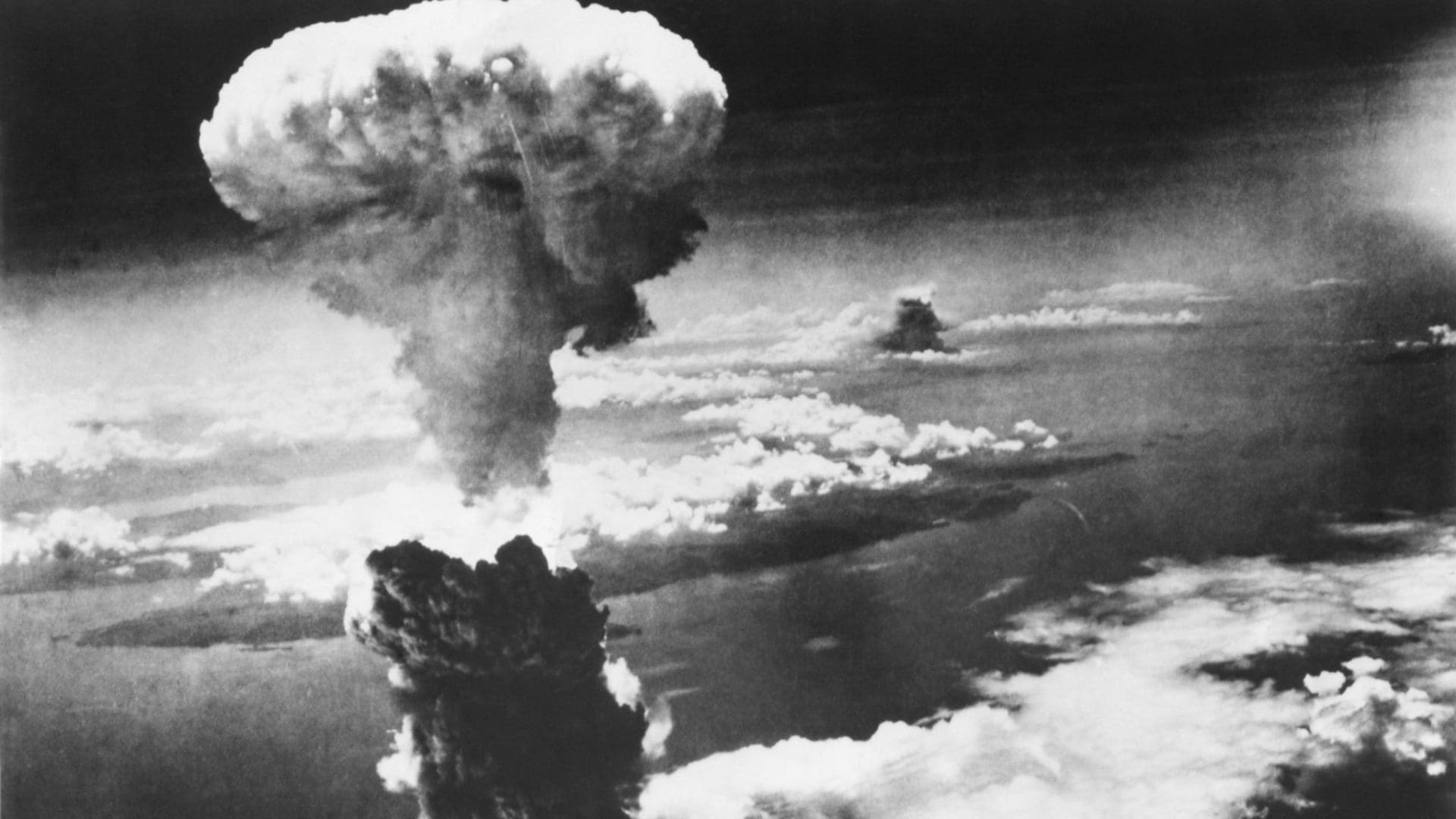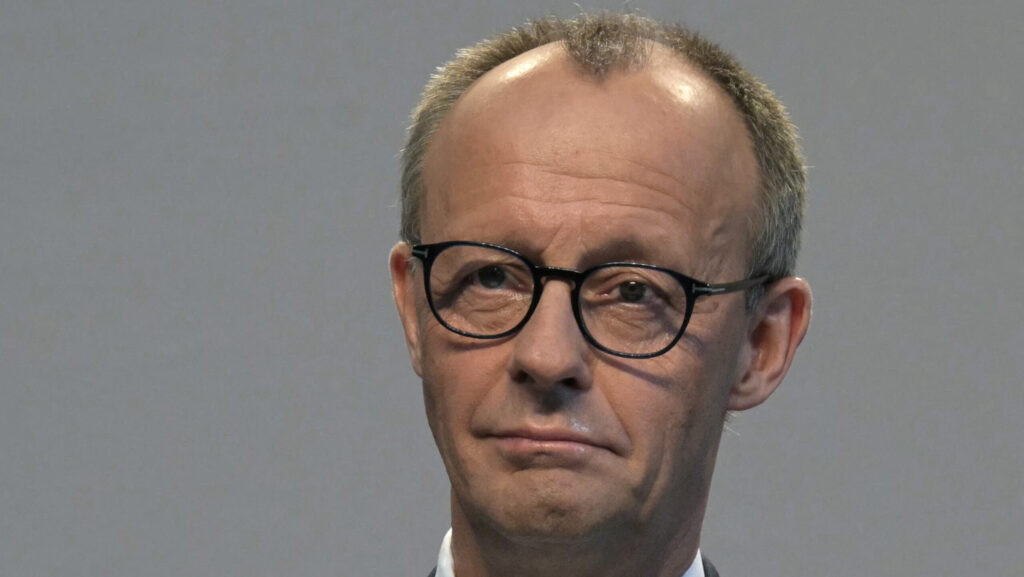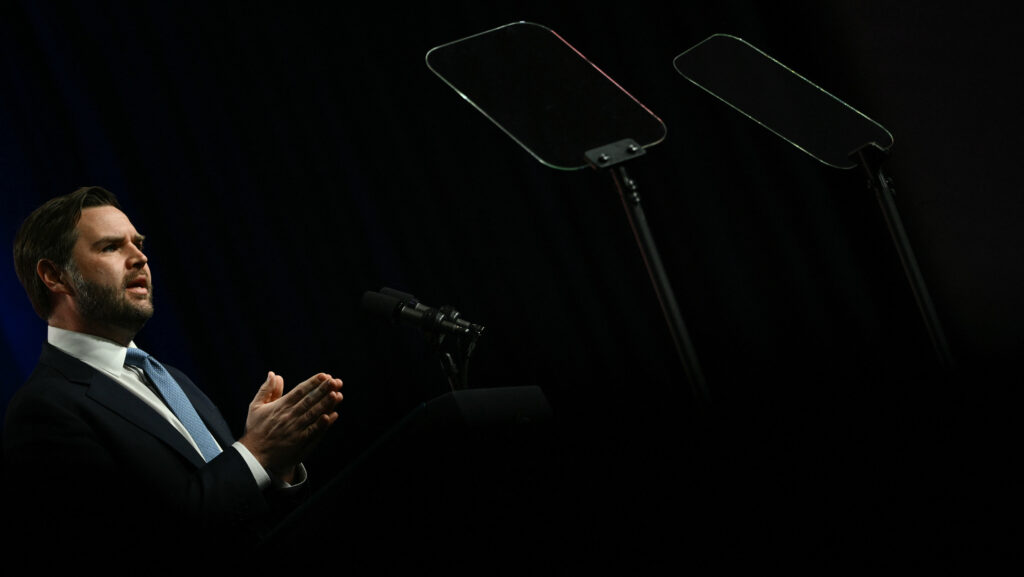As the Russian invasion of Ukraine continues and the threats of using nuclear weapons mount, the Russel-Einstein Manifesto, published on 9 July 1955, provides great insight into why our differences must be set aside in order to abolish war and the threat of a nuclear Armageddon.
What Prompted the Manifesto?
As part of The Manhattan Project, the first successful detonation of an atomic weapon took place at a testing site, in New Mexico, on the 16th of July in 1945. Less than a month later, two atomic bombs were dropped on Hiroshima and Nagasaki, instantly killing at least 200 thousand civilians.
Consequently, the nuclear arms race accelerated, and the United States increased its nuclear arsenal dramatically. According to a 2015 article in the Bulletin of the Atomic Sciences, in 1955, the US was in possession of 2422 nuclear weapons, while the Soviet Union and France had 200 and 14 atomic bombs respectively in their arsenals. The US’s arsenal peaked in 1967, at 32 thousand warheads, while that of the Soviets in 1986, at 45 thousand.
Ever since then, nukes have been getting decommissioned, rather than stockpiled. Despite that, both countries are still in possession of thousands of nuclear warheads that can be ready and detonated at a moment’s notice, causing the extermination of endless lives.
As Russia is still in possession of the aforementioned nuclear weapon arsenal, Putin has not shied away from flaunting it. He ordered the Russian nuclear force to be on high alert and has made numerous threats about using said weapons, if things do not go his way.
Similarly to today, the Cold War was a time of uncertainty and instability fuelled by the threat of nuclear war, which prompted some of the greatest minds of the time, such as Albert Einstein or Herman J. Muller, to write the Manifesto.
The Manifesto
The Manifesto starts off with an assessment of the situation. ‘In the tragic situation which confronts humanity, we feel that scientists should assemble in conference to appraise the perils that have arisen as a result of the development of weapons of mass destruction, and to discuss a resolution in the spirit of the appended draft.’
In the following paragraph, the Manifesto states that we must come together as human beings, regardless of political allegiance or nationality and understand that all of us, equally, are in peril, and only by understanding that we are all in danger can we avert it.
The writers then call for a new way of thinking. Instead of focusing on victory at all cost, it is best to avoid war altogether, as the outcome of military conflict will surely be disastrous to all parties. Authorities and the public do not realize what a war would be like if nuclear bombs were deployed, considering the fact that newer bombs cause much greater destruction than those used in Japan. Beyond the initial explosions, countless lives would be lost to slow, torturous disintegration due to radiation poisoning.
While no scientist or military authority figure can be certain of the worst actually happening, but one thing is unquestionable: the possibility is very real, and no one can be sure it will not be realized.
In 1983, humanity was on the brink of realizing that possibility, as a Soviet nuclear early-warning radar malfunctioned and showed intercontinental ballistic missiles coming from the US. Stanislav Petrov, the Lieutenant Colonel and duty officer of the command centre, refused to follow the established plan in this case, which was to fire their own warheads. This act is considered to have prevented an all-out nuclear war between NATO and the Soviet Union.
This act is considered to have prevented an all-out nuclear war between NATO and the Soviet Union
Though the abolition of war is nearly impossible and it would demand limitations of national sovereignty, we are faced with the question: “Shall we put an end to the human race; or shall mankind renounce war?”
Many believe that wars can be allowed to continue, provided that modern weapons are somehow prohibited. The concept, that everyone whom they love are in imminent danger of perishing agonizingly, is difficult and unpleasant to grasp, and many instead turn a blind eye in the hope of it not happening.
Although an agreement to renounce nuclear weapons has been reached in 2017, it is seemingly ineffective. The treaty prohibits any use of nuclear weapons, including development, testing, production, and any kind of threats to use the weapons. Yet we can clearly see the treaty did not amount to much, as Russia heavily relies on threatening the world with nuclear annihilation.
The Manifesto called on ‘governments to find peaceful means for the settlement of all matters of dispute between them.’ Unfortunately, governments did not listen back then and are not listening now. We have not put our differences aside, peaceful means to settle disputes are hardly ever preferred to war and the threat of nuclear annihilation remains.
It has been exactly 67 years since the Manifesto was published. While the world has gone through tremendous transformation in almost every respect, some things have not changed. Inspite of scientists having been warning incessantly of the threat of nuclear war, and asking governments to lay down their nuclear weapons and find alternatives, much like in the Cold War, we are divided and at risk of catastrophe.








